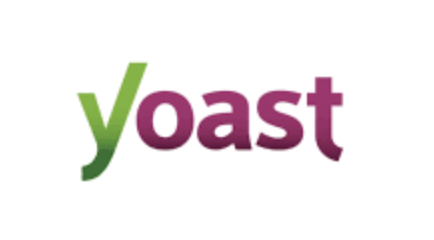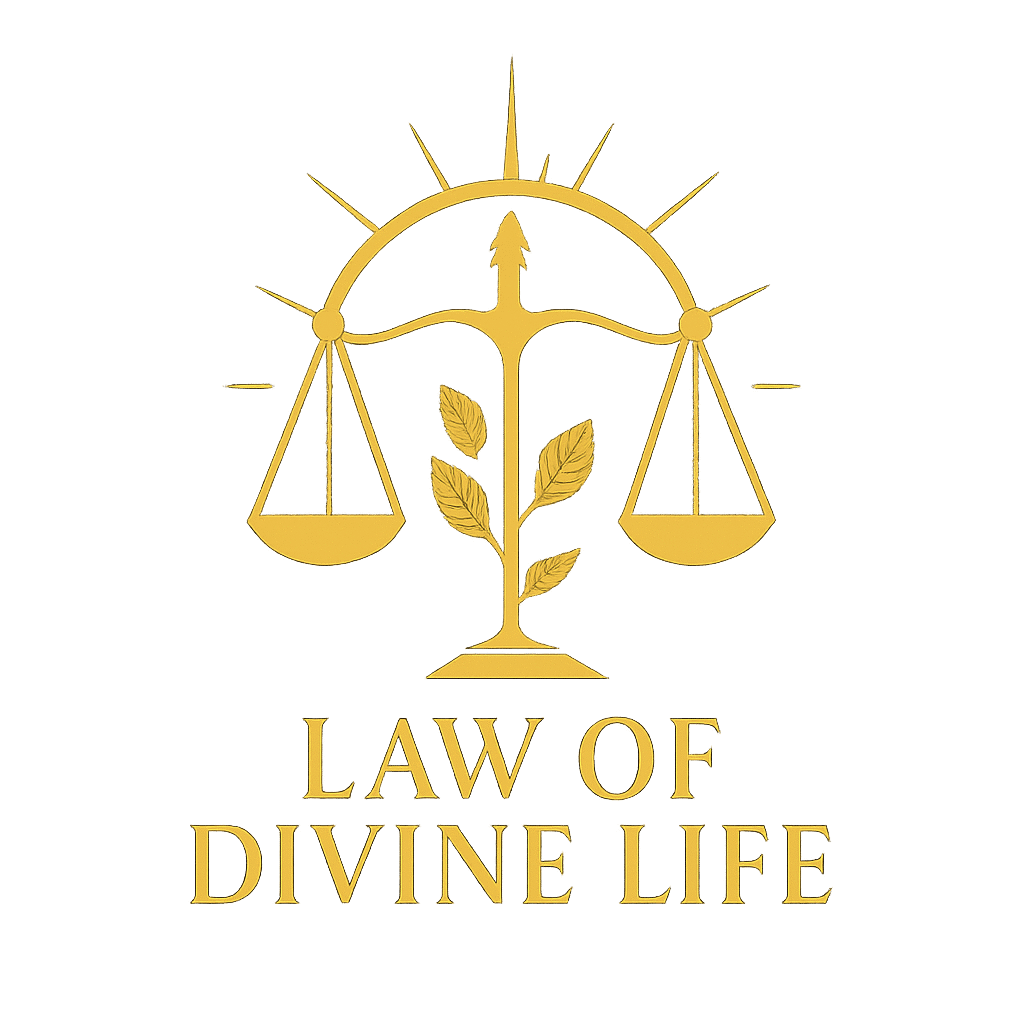How to Fix Yoast SEO Blocked by rel=”nofollow”

The “blockRestricted with rel=’nofollow’ attribute or meta tag” error in Yoast SEO typically relates to links or pages being marked as nofollow, which tells search engines not to follow those links or index that content fully.
Where to Change This Setting in Yoast SEO
You can control whether links or pages are set to “nofollow” or “follow” in the following places within Yoast SEO:
- Page/Post Level (Individual Content)
- Edit the page or post in WordPress.
- Scroll down to the Yoast SEO meta box (usually under the editor).
- Go to the Advanced tab.
- Look for the setting “Allow search engines to follow links on this page” or “Meta robots follow”.
- Set this to “Follow” instead of “Nofollow”.
- Update/Save the page.
- Global Settings for Post Types and Taxonomies
- In WordPress Dashboard, go to SEO → Search Appearance.
- Select the relevant tab such as Content Types, Taxonomies, or Archives.
- For each section, look for the option to set meta robots index/follow behavior.
- Ensure “Follow” is selected instead of “Nofollow” where appropriate.
- Outbound Link Settings
- Yoast SEO automatically assigns
nofollowto some outbound links like login or registration pages. - For other outbound links, you may need to check if a plugin or theme is adding
nofollow. - Yoast does not provide a direct global toggle for outbound link nofollow except for sponsored or UGC links (rel=”sponsored” or rel=”ugc”) which can be configured under SEO → Search Appearance → External Links and you can disable automatic nofollow.
- Yoast SEO automatically assigns
- Menu and Widget Links
- For WordPress menus, check:
- Appearance → Menus
- Expand menu items, look for “Link Relationship (XFN)” field.
- Remove “nofollow” if present.
- For widgets, remove
rel="nofollow"in custom HTML or text widget source.
- For WordPress menus, check:
Summary
Set “Meta Robots Follow” to “Follow” or “Allow search engines to follow links” to fix this in Yoast for specific pages/posts. For global control, adjust meta robots settings in SEO → Search Appearance. Also, verify outbound links and menus for nofollow attributes.
If the issue persists, sometimes caching or another SEO/security plugin might also be enforcing nofollow behavior, so check those as well.
If needed, the functions.php file approach can also programmatically override Yoast meta robots tags using the wpseo_robots filter, but changing via Yoast’s interface is simpler and preferred.


